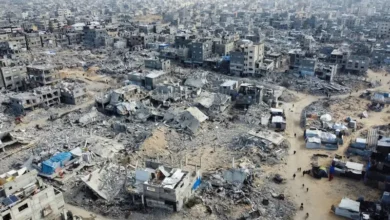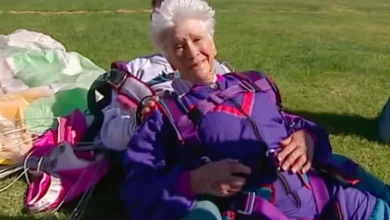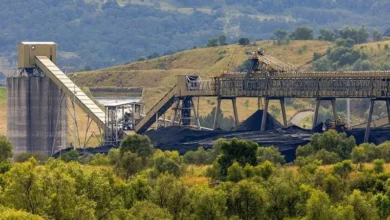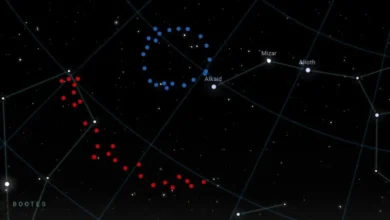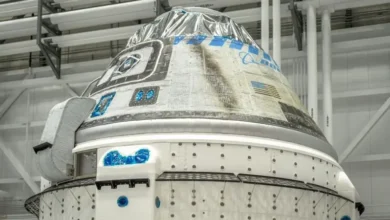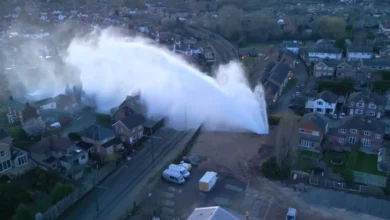Rapidly growing fire prompts thousands of evacuations in California
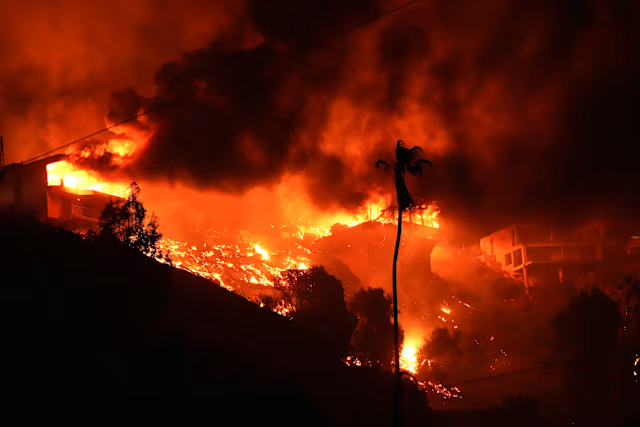
A fast-growing wildfire northwest of Los Angeles has prompted mandatory evacuations for thousands of residents, as extreme heat and dry conditions fuel its rapid spread.
The blaze, named the Canyon Fire, ignited on Thursday afternoon along the border of Ventura and Los Angeles counties. By Friday morning, it had expanded from 30 acres to nearly 5,000 acres.
More than 2,700 residents have been asked to evacuate, while a further 14,000 people have been given evacuation warnings, the Ventura County Fire Department said in a statement.
The fire has been partially contained, with 25% of its perimeter under control as of Friday, officials said.

Extreme heat and dry conditions are complicating firefighting efforts. The National Weather Service forecasts temperatures to soar to 100°F (37.7°C) in the coming days.
The city of Santa Clarita, one of the closest to the blaze, is on high alert. City officials have urged residents to stay away from fire-affected areas.
“The #CanyonFire is spreading fast under extreme heat & dry conditions near Ventura–LA County line,” LA County Supervisor Kathryn Barger wrote on X.
“If you’re in Santa Clarita, Hasley Canyon, or Val Verde, take evacuation orders seriously – when first responders say GO, leave immediately. Keep aware–please don’t risk lives.”
As of Thursday evening, there were no reported injuries or residences damaged by the blaze, the LA County Fire Department said.
The Canyon Fire is one of several active wildfires across the state, according to California Department of Forestry and Fire Protection (Cal Fire).
The Gifford Fire, the largest active blaze in the state, has engulfed almost 100,000 acres and is burning across the San Luis Obispo and Santa Barbara counties.
Wildfires have become more frequent in California, with experts citing climate change as a key factor. Hotter, drier conditions have made fire seasons longer and more destructive.
In January this year, the Eaton Fire tore through the Altadena neighbourhood just north of Los Angeles, killing at least 31 people and destroying thousands of structures.
